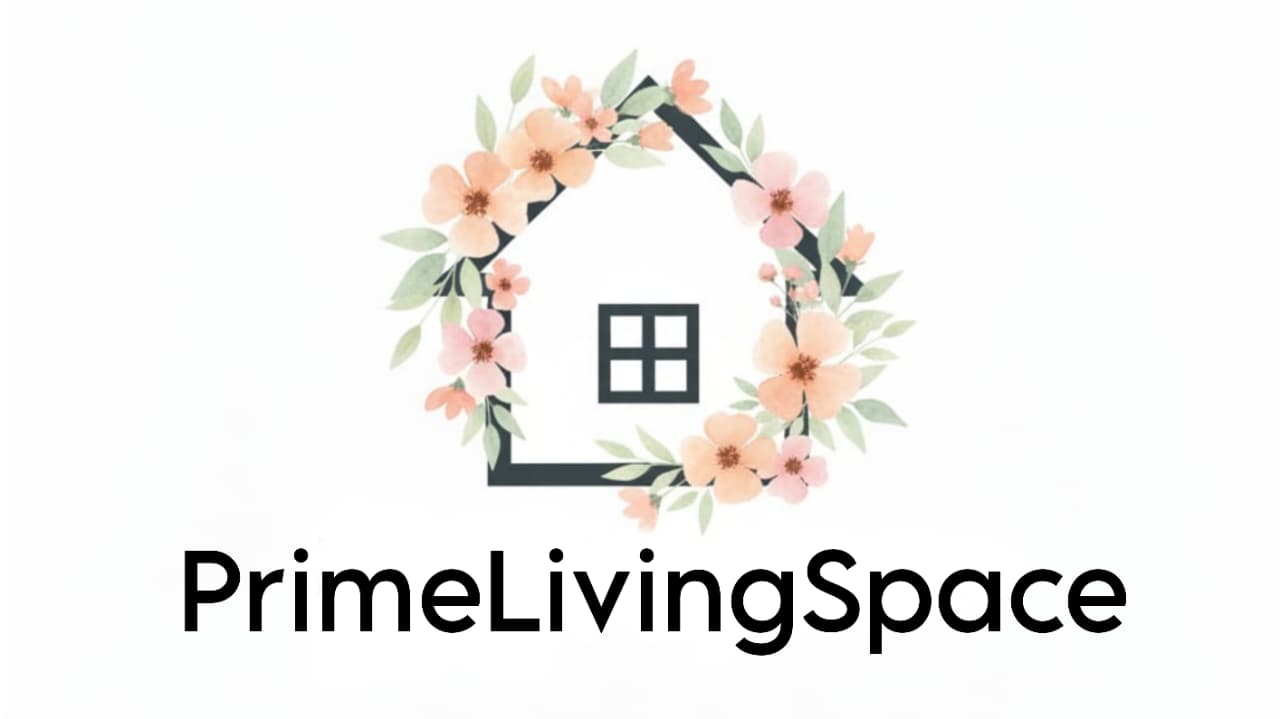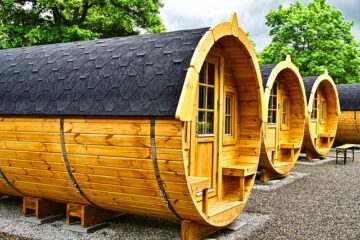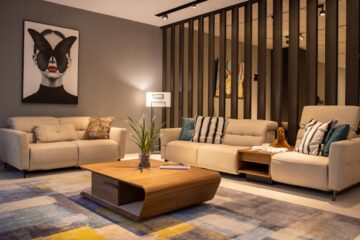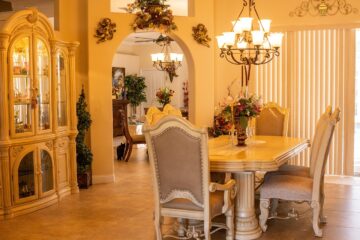Homeowners often think full exterior wall cladding is the only way to refresh a tired Facades or boost insulation. But in 2025, there are smarter and cheaper alternatives to cladding that can save money, reduce carbon footprint, and still deliver style and performance.
This guide compares six options with costs, climate suitability, maintenance cycles, and sustainability insights so you can choose what truly fits your home and budget.
Quick Comparison Table
| Alternative | Installed Cost (per ft²) | Lifespan | Maintenance | Best For | CO₂e Impact |
| Paint / Limewash | $1–$3 | 7–10 yrs | Repaint 2–3x in 20 yrs | Dry & historic homes | Low |
| Cement Render | $4–$7 | 25–40 yrs | Patch cracks, recoat ~15 yrs | Dry & temperate | Medium |
| Vinyl Panels | $2–$6 | 30–40 yrs | Minimal (wash only) | Suburbs & cold climates | Medium–High |
| Corrugated Metal | $4–$9 | 40–60 yrs | Recoat every 15–20 yrs | Coastal & snowy | High |
| Fiber-Cement Boards | $5–$14 | 40–50 yrs | Repaint every 15–20 yrs | Humid & fire-prone | Medium |
| Living Walls | $110–$175 | 15–25 yrs | Irrigation + pruning | Urban & eco homes | Low (plants absorb CO₂) |
This table goes beyond cost—it shows lifespan, carbon, and climate fit, something most guides miss.
1. High-Quality Paint & Limewash
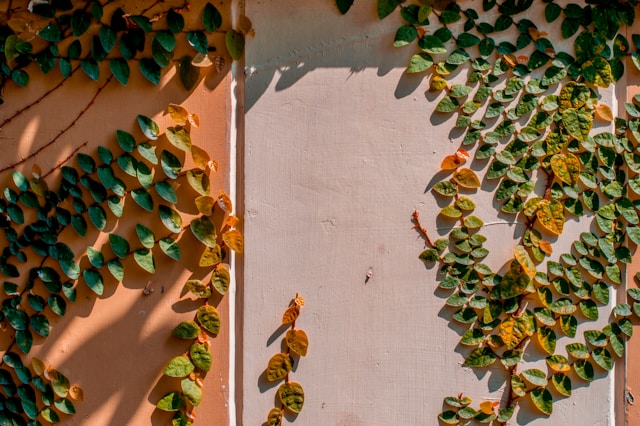
If you’re looking for the simplest alternative to exterior cladding, repainting or lime-washing may be enough.
- Cost: $1–$3/ft² installed.
- Pros: Breathable, eco-friendly, especially limewash on heritage masonry.
- Cons: Needs reapplication every 7–10 years.
- Best Climate: Dry or temperate regions.
- Failure Mode: Peeling or bubbling if applied over damp surfaces.
Great choice if your walls are sound but need a facelift.
2. Monocouche / Cement Render
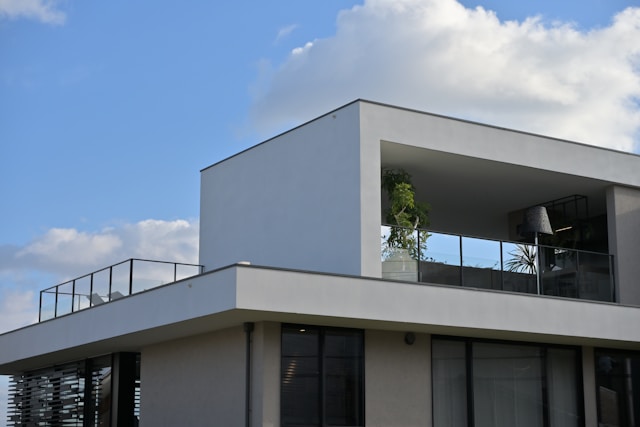
Render provides a clean, modern finish without the cost of a full cladding system.
- Cost: $4–$7/ft².
- Pros: Long lifespan, can mimic stone or textured looks.
- Cons: Hairline cracking if not detailed properly.
- Best Climate: Dry to moderately wet.
- Failure Mode: Cracks in freeze–thaw conditions.
Choose this if you want durability without breaking the bank.
3. Vinyl & Engineered Panels
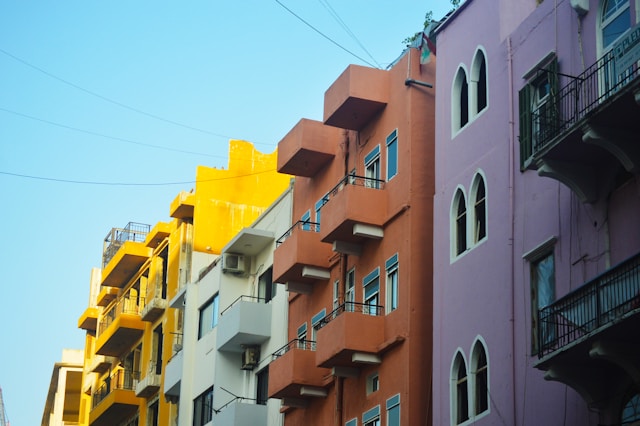
Vinyl remains one of the most budget-friendly cladding alternatives.
- Cost: $2–$6/ft².
- Pros: Low maintenance, wide style options.
- Cons: Can warp in extreme heat, lower resale appeal than premium finishes.
- Best Climate: Suburban homes in cold or temperate climates.
- Failure Mode: Panel warping in high heat.
Ideal for homeowners who prioritize cost and minimal upkeep.
4. Corrugated/Standing-Seam Metal
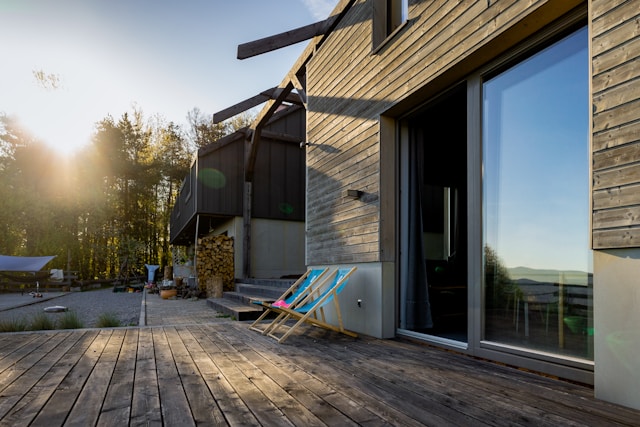
Metal panels are tough and sleek and can last decades with proper coating.
- Cost: $4–$9/ft².
- Pros: Excellent for modern looks, withstands snow loads.
- Cons: Prone to salt corrosion near coasts if coatings are skipped.
- Best Climate: Coastal and cold/snowy regions.
- Failure Mode: Rust if not detailed correctly.
A solid mid-budget choice if you want longevity and a bold aesthetic.
5. Fiber-Cement Boards
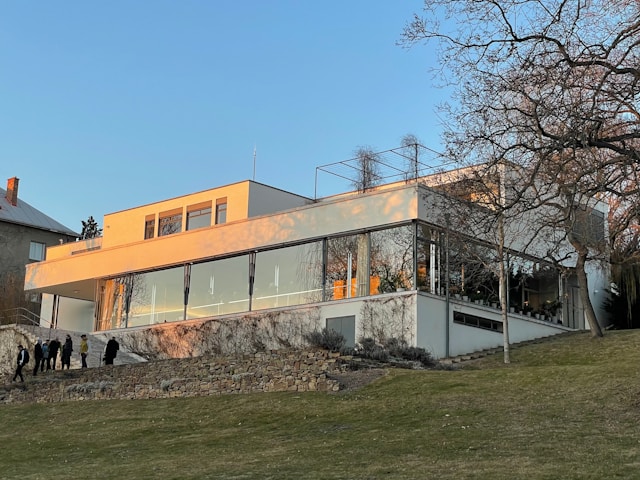
A popular midrange pick, fiber cement balances cost, durability, and fire resistance.
- Cost: $5–$14/ft².
- Pros: Resists rot, pests, and fire.
- Cons: Requires repainting every 15–20 years.
- Best Climate: Humid, cold, or wildfire-prone regions.
- Failure Mode: Edge damage if not sealed.
One of the best long-term investments for homeowners wanting durability.
6. Living Walls / Modular Green Facades
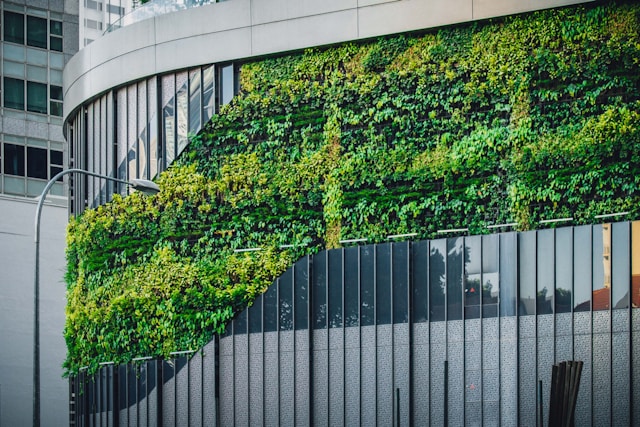
Not the cheapest upfront, but living walls bring sustainability and curb appeal together.
- Cost: $110–$175/ft².
- Pros: Natural insulation, cooling effect, air quality benefits.
- Cons: Requires irrigation and maintenance.
- Best Climate: Urban or eco-conscious homes.
- Failure Mode: Plant die-off without regular upkeep.
Choose this if you’re investing in both style and sustainability.
Climate-Specific Recommendations
- Coastal Homes: Fiber-cement or coated metal.
- Humid Regions: Limewash or fiber cement.
- Dry/Arid Areas: Cement render or paint.
- Cold/Snowy Zones: Vinyl or fiber cement.
Lifecycle Cost & Maintenance
Over 20 years, initial savings can flip. For example:
- Paint may cost less upfront but more in repaint cycles.
- Vinyl has a low lifetime cost thanks to minimal upkeep.
- Fiber cement has a higher entry cost but pays off long-term in durability.
Use our 20-year cost calculator to compare options for your home.
Case Studies (Mini Examples)
- Vinyl siding retrofit: $14,000 installed, less than $500 maintenance in 20 years.
- Limewash on historic brick: $5,000 DIY-friendly, recoat every 8 years.
- Urban living wall: $120,000 installed, $2,000/year upkeep, but reduced cooling bills by 30%.
Practical Failures & Fixes
- Paint peeling → scrape and repaint (DIY).
- Render cracks → patch with mesh (Pro).
- Vinyl warping → replace affected panels (DIY).
- Metal rust → recoat with marine-grade finish (Pro).
- Fiber-cement rot → reseal edges (Pro).
How to Choose: A Quick Decision Flow
- Budget under $10k? → Paint, vinyl, or render.
- Eco-conscious? → Limewash or living wall.
- Coastal zone? → Fiber-cement or coated metal.
- DIY-friendly? → Paint or vinyl.
FAQs
Q: What is the cheapest alternative to exterior wall cladding?
A: Vinyl and paint are typically the most affordable options.
Q: Which option lasts the longest?
A: Corrugated metal and fiber cement can last 40–60 years.
Q: Which alternative is most eco-friendly?
A: Limewash and living walls have the lowest carbon impact.
Q: Can I DIY cladding alternatives?
A: Paint and vinyl can often be DIY’d; render and metal require pros.
Q: Which option is best for coastal homes?
A: Fiber-cement or marine-coated metal panels.
Conclusion
Full exterior wall cladding isn’t always the smartest choice. These six alternatives paint, render, vinyl, metal, fiber cement, and living walls offer lower costs, different looks, and better climate-fit solutions.
Before you commit, check lifecycle cost, carbon footprint, and local climate suitability. Smarter choices now save you money and headaches later.
Next step: Try our 20-year cost calculator and download the free maintenance planner to pick the option that works for you.
